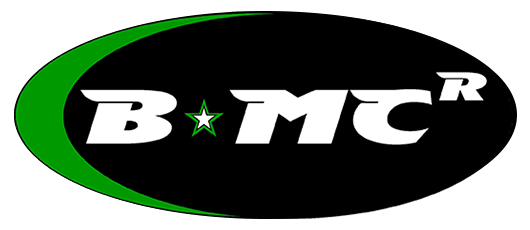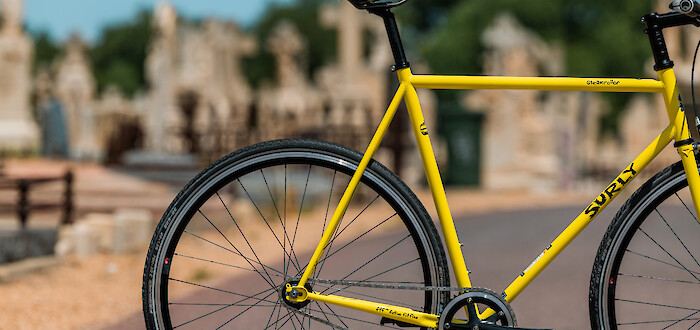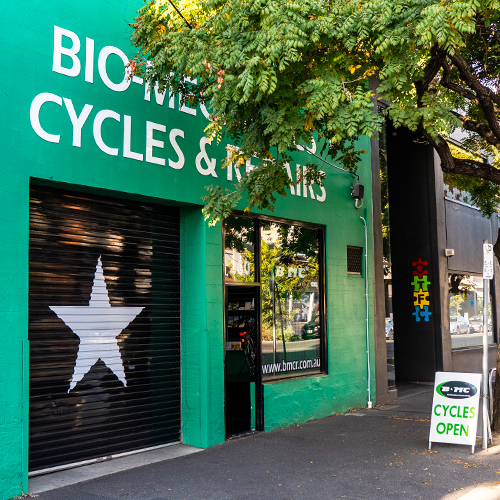The 5 best bicycle upgrades

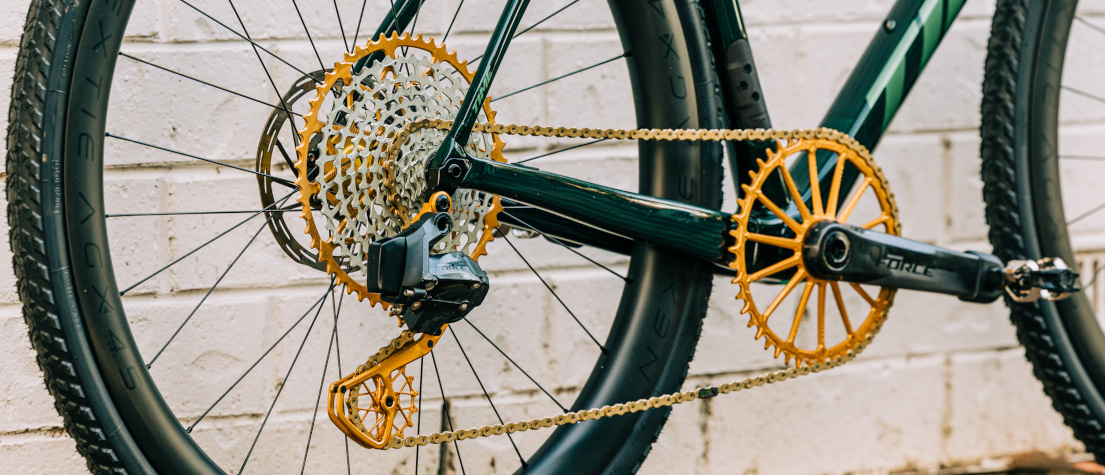
Which areas you should spend your money on (and which ones you shouldn't)
You like your bike, sure, but do you sometimes feel like it could be... well... a bit better?
Then it's time for an upgrade!
No, not the complete bike (though don't let us stop you if that's the way you're heading). Today we're talking components.
There's a plethora of information out there and people vying for your dollars, but before you dive into the rabbit hole of ratios, rebound settings and ratchets, how do you know what you should be spending your money on?
Hold on to your wallet, because we're here to tell you.

The general advice is usually to put your pennies in things like grips, tyres, and the saddle. That's mostly true, but there are also a couple of other areas which you might not have thought of which can give you a greater benefit on spend.
Here’s where to put your money to get the biggest bang for your buck.
(Plus we're also going to tell you a couple of areas to avoid.)

Upgrade area #1: Saddle
Your saddle is usually suggested as the #1 upgrade for a good reason: it will make or break your bike.
At best, it’s so comfortable that you don’t even think about it. At worst, it feels like a cheese grater.
In a perfect world, every bicycle would come equipped with a saddle that’s up to the task, but that’s often not the case. When you buy a new bike (assuming it’s not a custom build), the manufacturer will have specced it to hit a particular price point. Much of that budget goes on things you notice immediately, such as the paint job and the neatness of the cockpit. The rest of the money has to be spread out across the other components, and manufacturers are always looking for ways to save on costs. The saddle is usually an area they’ll sacrifice, even on an expensive model. In all honesty, most people don’t tend to really examine the saddle until after they’ve purchased the bike.
Then they go for their first ride and wonder if they’ve just made a terrible mistake.
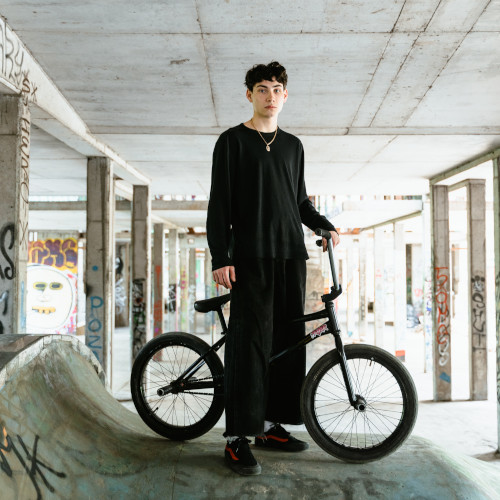
So what do you need to look for when upgrading a bike saddle?
While saddles are very personal (what’s heaven to one rider can be hell for another), it’s primarily all in the shape – you want something that’s going to support your sitbones correctly. Avoid anything that curves upwards in the centre. (Hot tip: if a Malteser is going to roll off it, give it a miss.)
Cyclists also come in multiple shapes and sizes, so a brand that offers different widths means you’ve got a much better chance of finding the right fit. (This is one of the reasons we love SQLab and Ergon.)
Your local bike shop should be able to measure you up. If they can’t, find a bike shop who can.
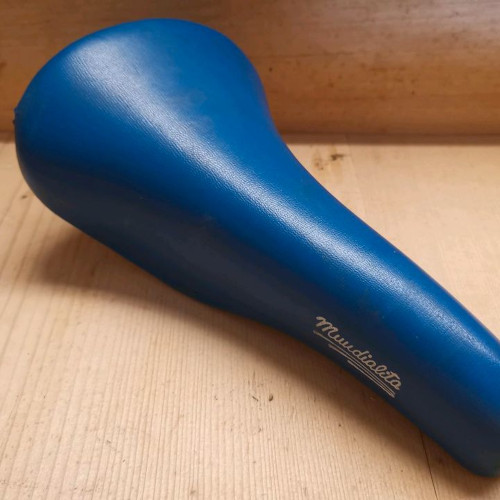
A side note on padding.
Many people think that more padding = more comfort. Untrue! A big, puffy saddle won’t support you correctly, and also makes it difficult to sit in the correct position. The shape and placement of the padding is the key, not the volume.
Overall, comfort still tends to come down to personal preference. Tune's carbon Komm Vor Plus has no padding whatsoever, and is Pete’s favourite saddle of all time.
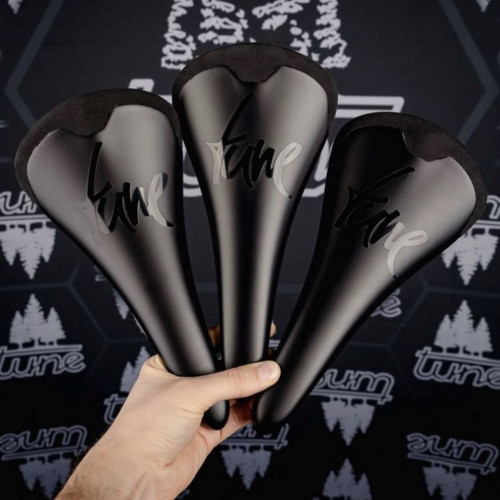
Regardless of which brand, shape or padding you go for, a good saddle will immediately improve your riding experience, and it’s one of the cheapest upgrades you can make.
After all, no matter how beautiful/expensive your bike is, you’ll never enjoy riding it if you’re numb in the pants department.
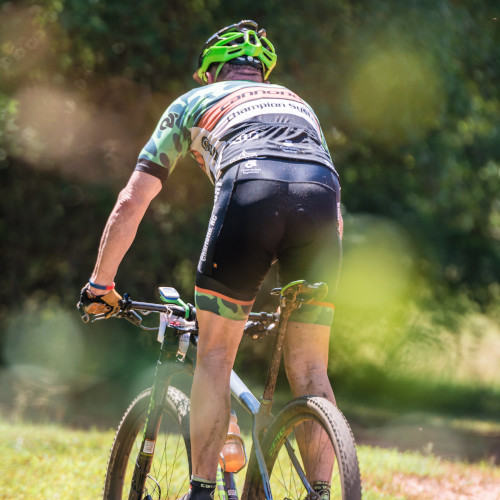
Upgrade area #2: Wheels
A great pair of wheels will make a huge difference to how your bike performs; you’ll be surprised at how much you’ll feel it.
As you’ve seen with saddles, however, wheels are another area where manufacturers try to save money, which is why you’ll often find a basic or very ordinary wheelset on an otherwise nice bike.
Even pricey bikes will often come with wheels that look fancy (and have a great marketing team behind them) but are not actually that great in the real world, leading to durability and performance issues. (M*vic, C*mp*g, F*lcrum, we’re looking in your direction.)

What qualities should you look for in a new wheelset?
Primarily, it depends on where you’re riding. For roadies, for example, a cyclist smashing out the kms in the hills needs something very different to a cyclist who’s mainly riding on the flat.
Do you need a super-light wheelset?
Back up a second: why does wheel lightness matter, anyway?
It's because of rotational mass. (Ah, we do love a physics moment on the blog.)
Rotational mass is anything that turns, so on your bike that’s cranks, chain, pedals, feet and shoes, and, of course, your wheels. When you ride, each pedal stroke is effectively fighting against rotational mass to keep your bike moving, so it makes sense that reducing weight in this area can work in your favour.
Additionally, the further away something is from the rotational axis (think hubs and bottom bracket), the more effect it has on the overall rotational mass. A lighter shoe will make more of a difference than a lighter crank as the bulk of the shoe’s mass is further away from the centre (bottom bracket) than the crank is.
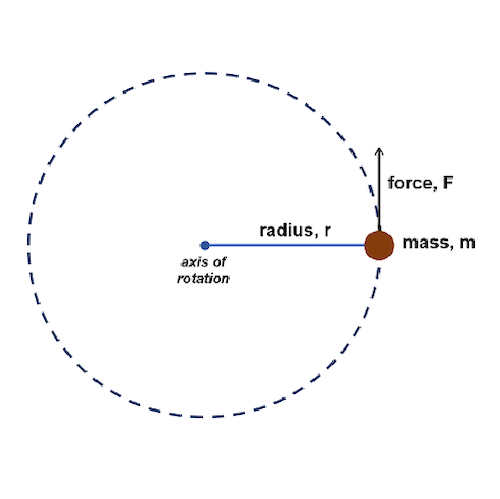
The wheels are the biggest moving part on your bike, and hence can offer the greatest saving on rotational mass. This is why a lighter wheelset will make a bigger difference to your ride than a lighter frame. Hurray, we just saved you a bunch of money.
With a better-quality, lighter wheelset, you’ll also notice that you can accelerate faster. While this is primarily due to the weight – a lighter wheel will speed up more quickly –, it can also be related to stiffness. A cheap wheelset can often feel flexy, and the spoke tensions can be too loose. Stiffer wheels with proper spoke tension will respond more quickly, and won’t feel soggy under load or when cornering.

How much lighter do I have to go?
Now, we’re not talking crazy-light components unless you’re competing at a high level and have money to burn. For the rest of us, look for a wheelset that’s at least 250-300g lighter than your current wheels; anything less than this won’t be particularly noticeable, and what’s the point in upgrading if you’re not going to notice it?
Do I need aero rims?
It depends.
If you mainly ride on the flat, then deeper, heavier wheels can actually be better: the increased rotational mass holds its speed better, though it will be slower to get up to speed than light wheels. As there isn’t the same variation in speed when riding on the flat (for example, averaging 30-40kph) versus riding in the hills (which can be anything from 10kph to 60kph), the wheels aren’t going through the same acceleration/deceleration. Also, once you’re up to 35+kph, the aerodynamic benefits of the deeper rim shape start to show themselves.
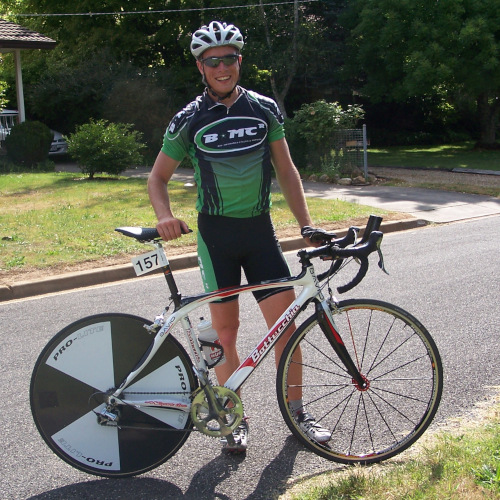
A caution on carbon rims.
If you’re still running rim brakes, we don’t recommend a carbon wheelset because of their tendency to compromise braking performance in high heat conditions and in the wet. We have seen multiple rim failures due to riders cooking their wheels by dragging their brakes all the way down a descent.
Save the extra money for something else and buy the absolute best alloy-rimmed wheels you can.
If you’ve got room in your budget, it’s also worth looking at getting a custom-built wheelset.
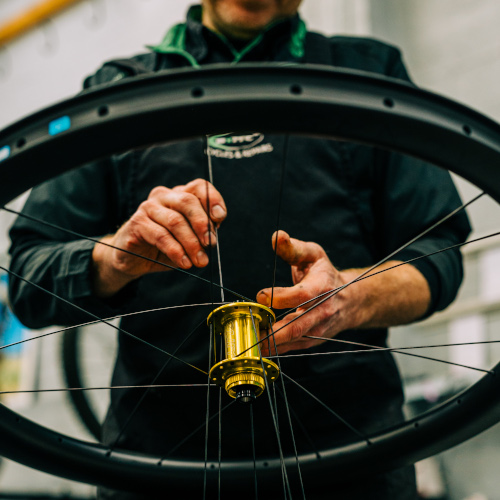
Upgrade area #3: Suspension
(Roadies, commuters and tourists, feel free to skip to upgrade area #4.)
If you’re a mountain biker and at the lighter or heavier end of the spectrum, upgrading your suspension is absolutely worth looking at. Mainstream manufacturers are primarily catering for riders weighing between 70-85kg, so if you’re outside this range, you may find that it’s hard to tune your suspension to get the ride feel that you’re looking for.
At this point, we’d recommend thinking beyond the regular big names in suspension -- e.g. Fox and RockShox -- and looking at alternatives. Many boutique suspension manufacturers such as Formula tend to offer greater adjustability when it comes to fine-tuning, so you’ll be able to get the small-bump sensitivity that you want without the mushiness that can come with cheap forks and shocks. Some brands even offer custom valving options so you can really dial it in.
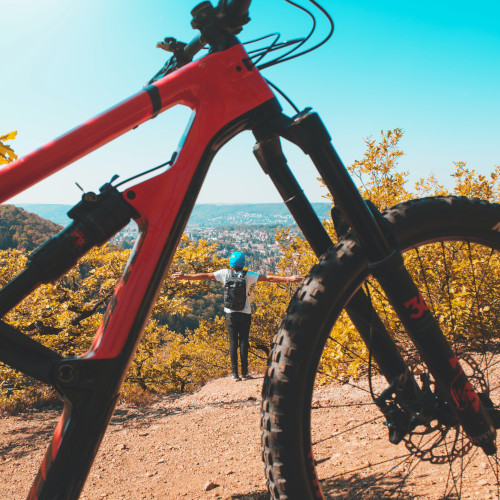
This fine-tuning advantage isn’t just for riders who fall outside the defined weight category, however. If you’re racing, you’ll have greater demands on your suspension than an everyday rider, so it’s absolutely worth investing in this area so you can ensure it reacts that way you want it to.
Even for an average non-competitive rider in the 70-85kg weight range on a mid-level mountain bike, you’ll be astonished at how much difference upgrading the suspension will help.
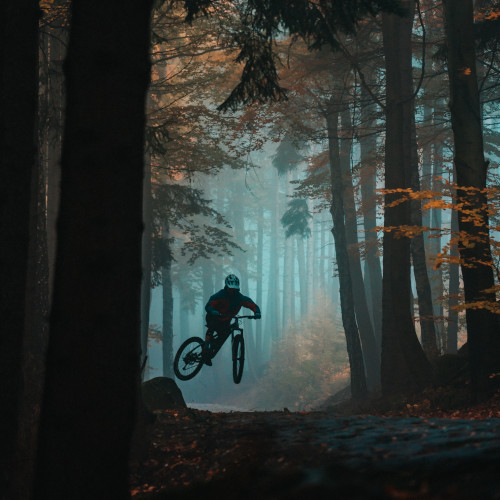
Upgrade area #4: Brakes
This is another no-brainer.
The more powerful your brakes, the more confident your riding. You’ll be able to go faster and brake later. You’ll have full control of the bike, and won’t suffer arm pump. It also won’t matter what kind of conditions you’re riding in – wet, dry, muddy, whatever; you’ll be able to stop, whenever and however you want.
Conversely, it’s very hard to relax and enjoy yourself if you don’t know whether you’ll be able to avoid careening over a cliff/through a red light, so this is an area that’s definitely worth digging into.

What should you look for when upgrading your brakes?
Bigger rotor size, for one.
Unless you’re purposefully keeping your bike as light as possible, there’s no reason to be running 140mm rotors any more – go for 160mm at least, and 180mm or 203mm if you can (and especially if you’re a downhiller). The larger braking surface will immediately increase your stopping power, and will also help dissipate heat build-up.
(Note: check your frame and fork’s specs before upgrading, as some have a maximum rotor size.)
Going from two to four pistons is another excellent idea if you don’t mind a small amount of extra weight; you'll have double the pistons doing the work to slow you down, and also better modulation, so you can control the amount of braking force.
As a final tip, better-quality brakes also tend to have better ergonomics, so they'll be more comfy on your hands.

Can’t stretch your budget to a new brakeset? Then at the very least look at upgrading your pads.
If you do a lot of descending or tend to hit steep trails, go to metallic brake pads – they’re harder-wearing than organics, and also perform better in wet conditions. Organic pads are much quieter, however, so if squealing brakes will be too annoying for you, stick with the organic/resin compounds.
For rim brakes, dump the original pads (even on better-quality calipers) for high-performance pads which don’t contain carbon. They work better and won’t wear out the braking surface on your rims anywhere near as fast as the original black pads will.
Overall, you’ll never be in a position where you think your brakes are too powerful. Being able to ride faster and brake later will transform the way you ride without having to go to a new bike.

Upgrade area #5: Clipless shoes/pedals
Going from flat or platform pedals to a clipless system will make a huge difference to your performance on the bike.
How much, exactly? Well, imagine that you’re talking to a pro rider, and you give them the choice between using a high-end bike with flat pedals and sneakers or a cheap bike with clipless pedals and matching shoes. They will choose the cheap bike with clipless pedals every time.
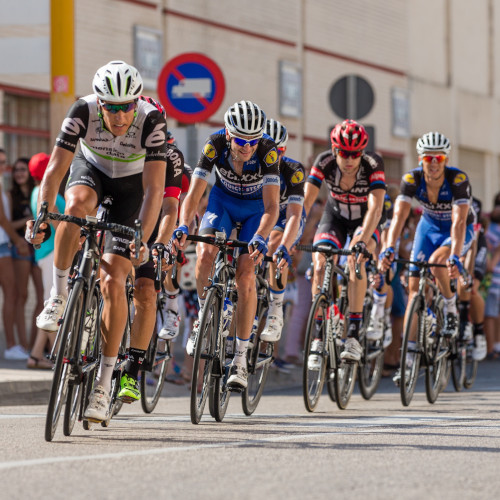
There are a couple of reasons why this setup is so effective:
- Your foot stays in the correct position.
- There’s a direct connection to the pedal, which gives better efficiency.
- Your foot can’t slip off, especially in wet or muddy conditions.
- You can pedal more smoothly. It’s much harder to do small, consistent circles without clipless pedals unless you’ve been specifically trained.
- You can put more power through, and can pull up on the pedal rather than just pushing down. This will also help you if you need to bunny-hop over obstacles.
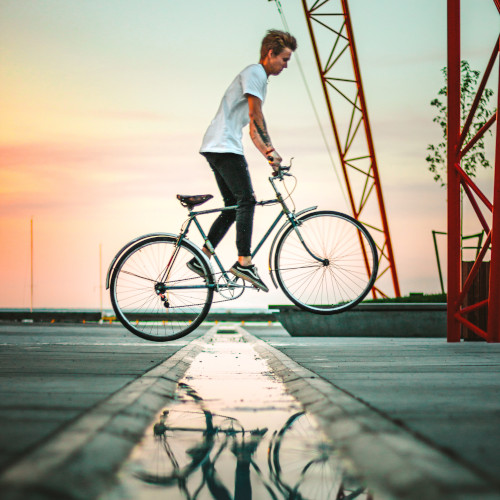
Shoes designed for clipless pedals are also stiffer, which helps with power transfer. Basically, the less flexible the sole of the shoe, the easier it is to push on the pedals. (If you’ve ever ridden a bike in thongs -- that’s flip-flops, for those of you outside Australia – you’ll know exactly what we mean.)
While it’s easy to get sucked into a vortex of online research, don’t overthink this one. Your local bike shop will be able to help you with the right kind of shoe and pedal setup.
A caveat: clipless shoes and pedals are for confident riders. If you’re still a beginner, stick to platforms until you feel at home on the bike, then start investigating.

Honourable mentions
These items aren't essential, but are still worth considering.
1. Electronic shifting
With pretty much every high-end groupset now only coming out in electronic, this is largely a moot point.
However!
If you have a mechanical groupset which has the ability to be upgraded to electronic without replacing everything, then do it. It will make a huge difference to your riding pleasure, not only because it has a nicer lever feel, better shifting accuracy and increased reliability, but also because it’s an ergonomic boon.
This goes double for people with hand/wrist issues: instead of pushing a lever, you’re simply pressing a button.
Going electronic will not make you faster. (But if you’re enjoying your riding more, and then spending more time on the bike, and then getting fitter, it inadvertently might, right?)
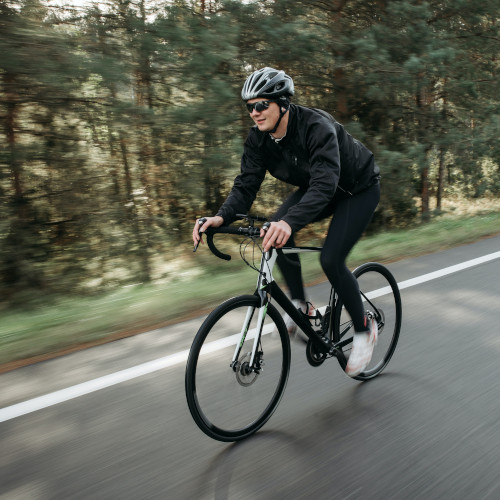
2. Tyres
Like brakes, being confident in your tyres will make a huge difference to the enjoyment of your ride. It’s impossible to have a good time belting down a hill if you feel like you’re about to lose your teeth on something. (Ask Pete about the time he tried out a new tyre model and thought he was going to die coming down Greenhill Road.)
Quality is key for tyres, so look for durability, puncture-resistance and suppleness.
This is one area you really don’t want to cheap out on. Spending $80-120 per tyre is a cost-effective way to dramatically increase the enjoyment of your ride.
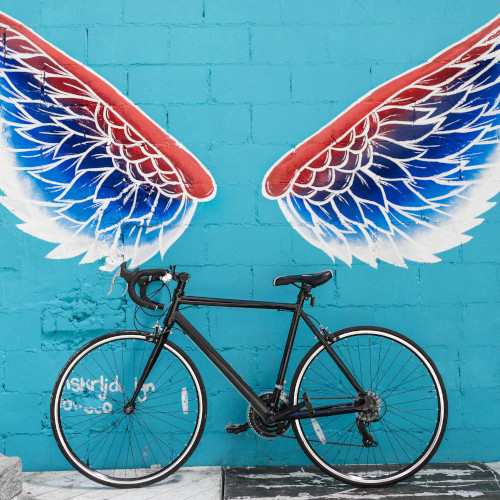
There you have it: saddle, wheels, suspension, brakes and clipless pedals. Do one of them, do all of them, and reap the benefits.
But! It would be remiss of us to do this post without mentioning the black holes, those dead areas of space you throw bike-related money into without receiving the proper return on investment.
Here are the areas you can happily ignore for now.

Don’t bother spending your money on:
- Aerodynamics (stay tuned for an upcoming blog post on this topic)
- Ceramic bearings (ditto)
- Super-lightweight components (unless you have money to burn and aren’t expecting a huge improvement in performance).
Overall, what’s the cheapest overall way to upgrade your bike?
Something aesthetic. That fancy top cap? Those pretty valves? If you love the look of them, go for it. Anything that makes you smile when you look at your bike is worth it in our opinion.
Now get out there and ride.
Keen to get some upgrades done? We can help with that.
